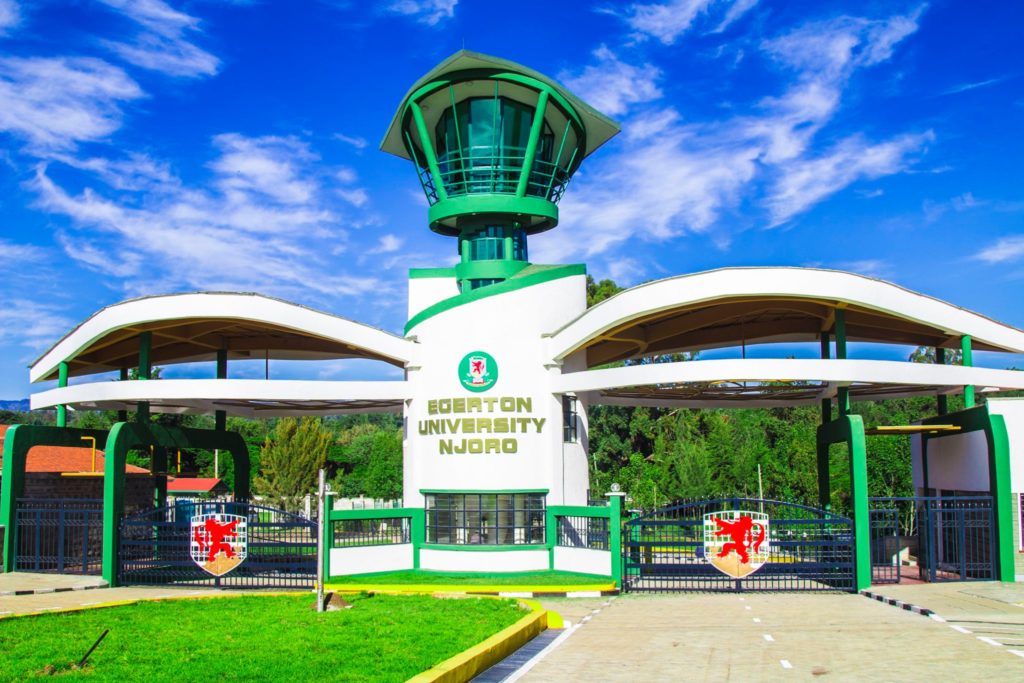MACHAKOS,Kenya, Nov, 27 – Institutions of Higher Learning nationwide have been urged to streamline their academic programmes to properly accommodate the Competency Based Curriculum (CBC) when the first cohort of learners join universities a couple of years from now.
Implementation of Curriculum Reforms Principal Secretary Prof Fatuma Chege during the 3rd graduation ceremony at Lukenya University said the move will ease transition of learners as learning programmes must be matched with the CBC outlook
“Those students who will be joining universities in 2029 will be joining the university with a culture of CBC and we don’t want them to have a shock,” said professor Fatuma.
The ministry of education has already set the ball rolling on the rationalisation of education in universities as has happened across other levels of learning in order to confer with the CBC.
CBC Learning Structure
The 2-6-3-3-3 is tailored around seven core competencies which learners must have in one form or another have attained by the end of their learning.
They include: Communication and collaboration, critical thinking and problem solving, imagination and creativity, citizenship, digital literacy,learning to learn and self-efficacy.
It further recommends that learners should join institutions of learning at the early stages in pre-primary 1 at the age of four before proceeding to Pre-primary 2.
Learner will then proceed to primary school which has been graded and divided into lower and upper primary.
Lower primary will commence at grade 1, 2 and 3 while upper primary will begin in grade 4,5 and 6.
At this point in time, the CBC has been rolled out to grade 5. Learners will join grade 6 next year (2022) before joining secondary school.
It is worth noting that before proceeding to secondary school, learners will undertake a summative assessment at grade 6 that will be worth 40 marks. This will be combined with the initial 20 marks awarded in the formative assesement in grade 4,5 and even 6 totaling to 100 marks.
A criteria for transition from primary to secondary school is currently being developed.
Secondary School will be divided into junior and senior secondary school.
Junior Secondary School will consist of grade 7,8, and 9 while Senior Secondary School will consist of grade 10,11 and 12 which will be rolled out in 2028 completely phasing out the old education system.
Learners will undertake a national assessment at the end of grade 9 which will determine their placement in senior secondary school, in turn following their preferred career pathways.
Learners will make choices from a range of disciplines organized in three pathways and nine tracks based on their abilities, interests and career choices.
The pathways include: Science,Technology,Engineering and Mathematics(STEM), Social Sciences and Sports Science and Arts sciences. Each pathway has various subjects under it.
To fully master one’s skills/specialize, learners will then finally proceed to tertiary institutions (TVET, Colleges or Universities) for a couple of years depending with one’s course before joining the job market.
Stakeholders have meanwhile called for a re-organization of structures and programmes in universities to ensure they adequately cater to learners pursuing STEM courses as well sports and the performing arts in line with CBC guidelines.
Want to send us a story? Contact Shahidi News Tel: +254115512797 (Mobile & WhatsApp)


